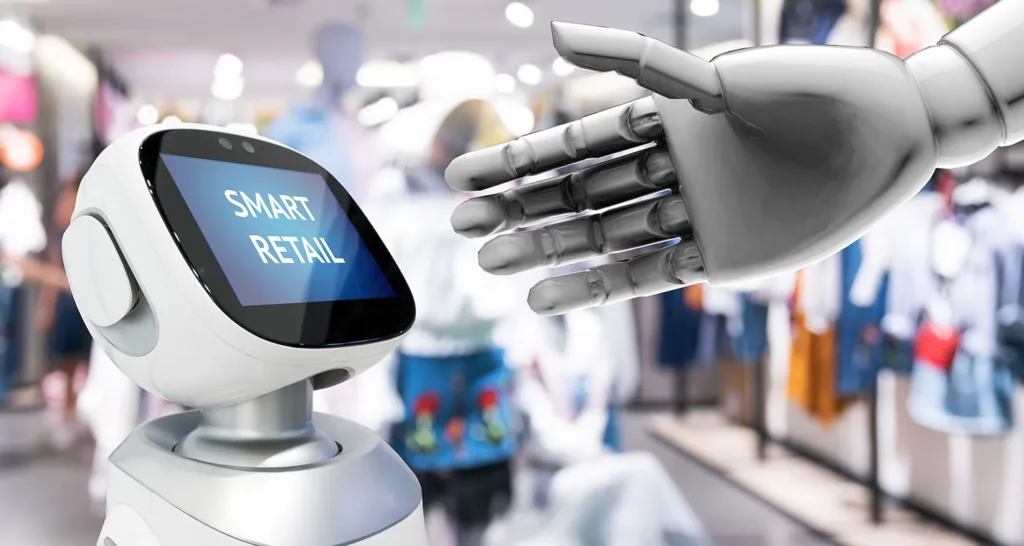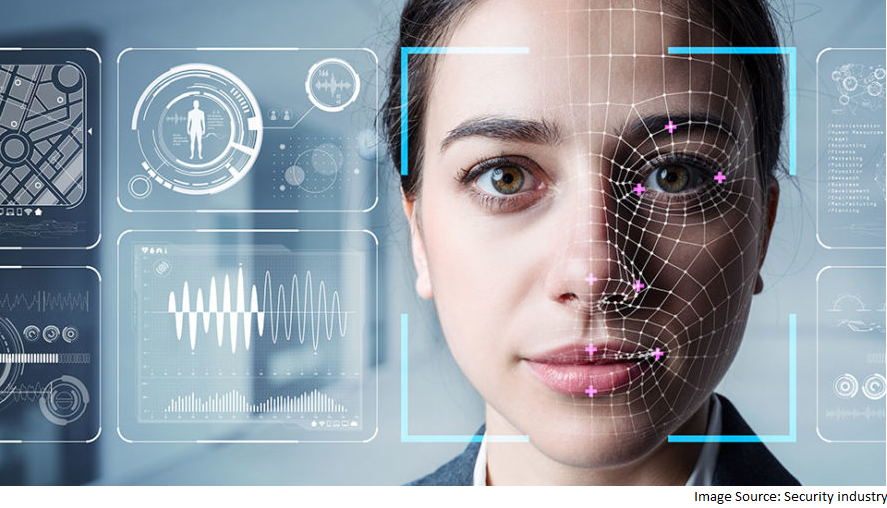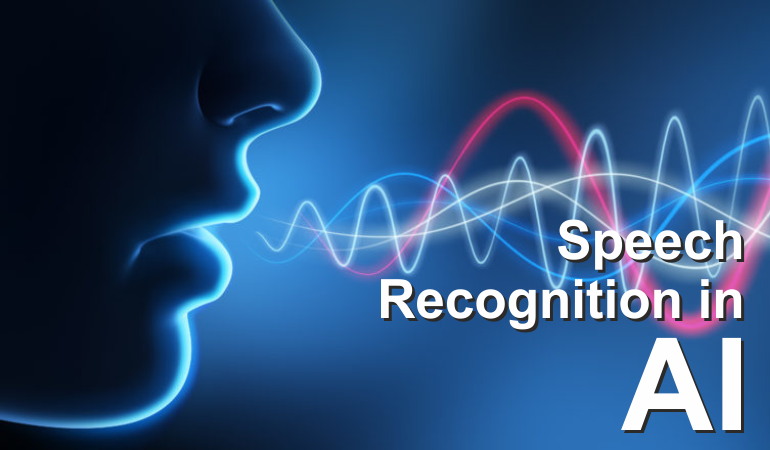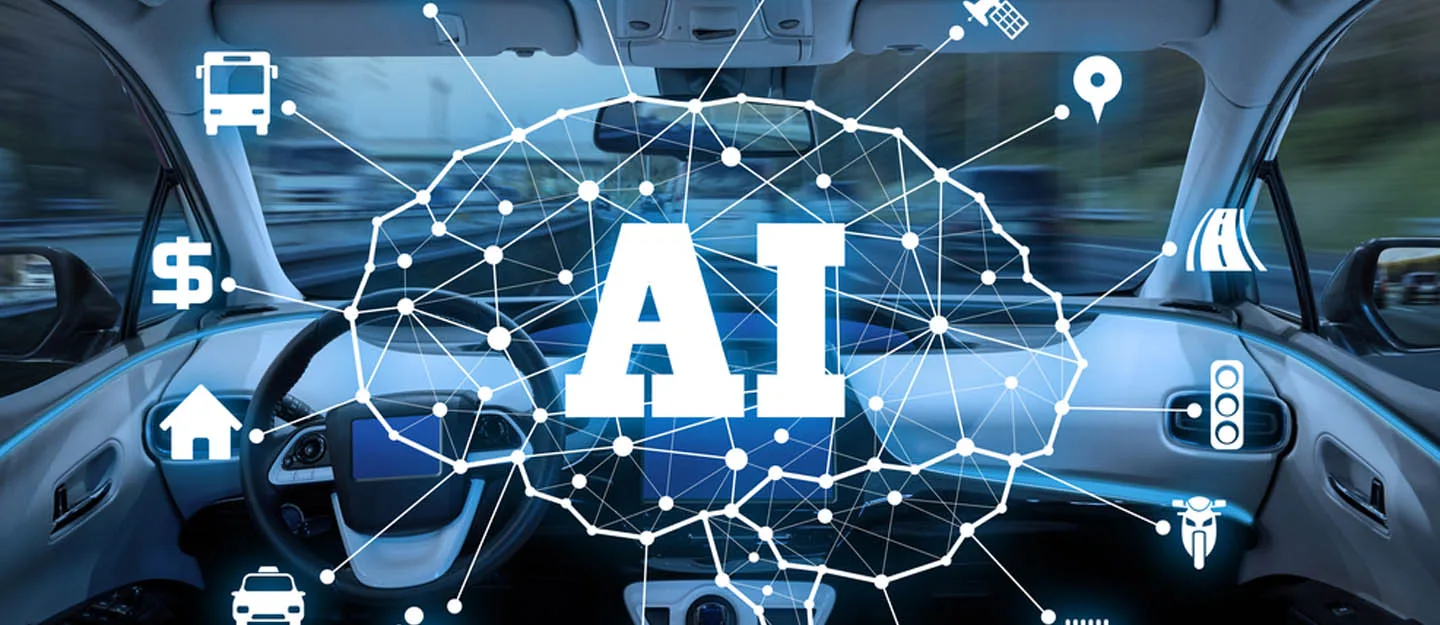Deep learning is a subset of machine learning that is based on neural networks with multiple layers.
It’s used for a variety of tasks such as image and speech recognition, natural language processing, and decision making.
In recent years, deep learning has been the driving force behind many of the most advanced AI applications, and it has the potential to revolutionize the way businesses operate.
The Key Benefits Of Deep Learning
One of the key benefits of deep learning is its ability to process and understand large amounts of data.
Traditional machine learning algorithms can struggle with large and complex data sets, but deep learning algorithms are designed to handle this kind of data with ease.
This makes deep learning particularly well-suited for tasks such as image and speech recognition, where large amounts of data are required to train the algorithm.
Another key benefit of deep learning is its ability to improve with experience.
Traditional machine learning algorithms rely on predefined rules and models, but deep learning algorithms can learn and adapt as they are presented with new data.

This advantage of deep learning is its ability to improve its performance over time.
As deep learning algorithms are exposed to more data, they can continuously improve their performance, leading to better and more accurate predictions.
Unlocking Advanced AI Applications In Various Industries
Deep learning can be used in a wide range of industries, including retail, finance, healthcare, and manufacturing.
For example, in retail, deep learning can be used to analyze customer data and make predictions about customer behavior. This can help retailers optimize their pricing strategies, improve their marketing campaigns, and personalize the customer experience.
In finance, deep learning can be used to detect fraud, predict stock prices, and make investment decisions.
In healthcare, deep learning can be used to analyze medical data and make predictions about patient outcomes.
This can help doctors make more accurate diagnoses, improve patient outcomes, and reduce healthcare costs. In manufacturing, deep learning can be used to optimize production processes, predict equipment failures, and improve overall factory efficiency.
Deep learning is also being used in self-driving cars, speech recognition, natural language processing and computer vision, which is the ability of machines to interpret and understand visual information, such as images and videos.

This allows machines to make sense of the visual world, and to perform tasks such as image recognition, object detection, and facial recognition.
Deep learning algorithms are inspired by the structure and function of the human brain and consist of multiple layers of interconnected nodes (neurons) that are designed to process and analyze large amounts of data.
This allows deep learning algorithms to learn and make predictions based on patterns and relationships in the data, which traditional machine learning algorithms are not capable of.
One of the most well-known applications of deep learning is image recognition.
Deep learning algorithms can be trained to recognize images with a high degree of accuracy, which makes them useful for a wide range of applications, such as security, autonomous vehicles, and medical imaging.
In security, deep learning algorithms can be used to analyze CCTV footage and identify suspicious behavior.

In autonomous vehicles, deep learning algorithms can be used to analyze sensor data and make decisions about how the vehicle should behave. In medical imaging, deep learning algorithms can be used to analyze medical images and make predictions about patient outcomes.
Another important application of deep learning is natural language processing (NLP).
Deep learning algorithms can be used to understand and generate human language, which makes them useful for tasks such as language translation, text summarization, and sentiment analysis.
In language translation, deep learning algorithms can be used to translate text from one language to another with high accuracy.
In text summarization, deep learning algorithms can be used to automatically summarize long documents.
In sentiment analysis, deep learning algorithms can be used to analyze text and determine whether the sentiment is positive, negative, or neutral.
Deep learning algorithms are also being used in the field of speech recognition.
They can be used to recognize spoken words with high accuracy, which makes them useful for applications such as virtual assistants, customer service, and speech-to-text transcription.

Conclusion
In conclusion, deep learning is a powerful tool that has the potential to revolutionize the way businesses operate.
Deep learning algorithms are being used to improve decision-making in various industries.
They can be used to analyze large amounts of data and make predictions about future events.
Its ability to improve with experience, can help businesses make more informed decisions.
Comment bellow what you think about this! We would love to know !




